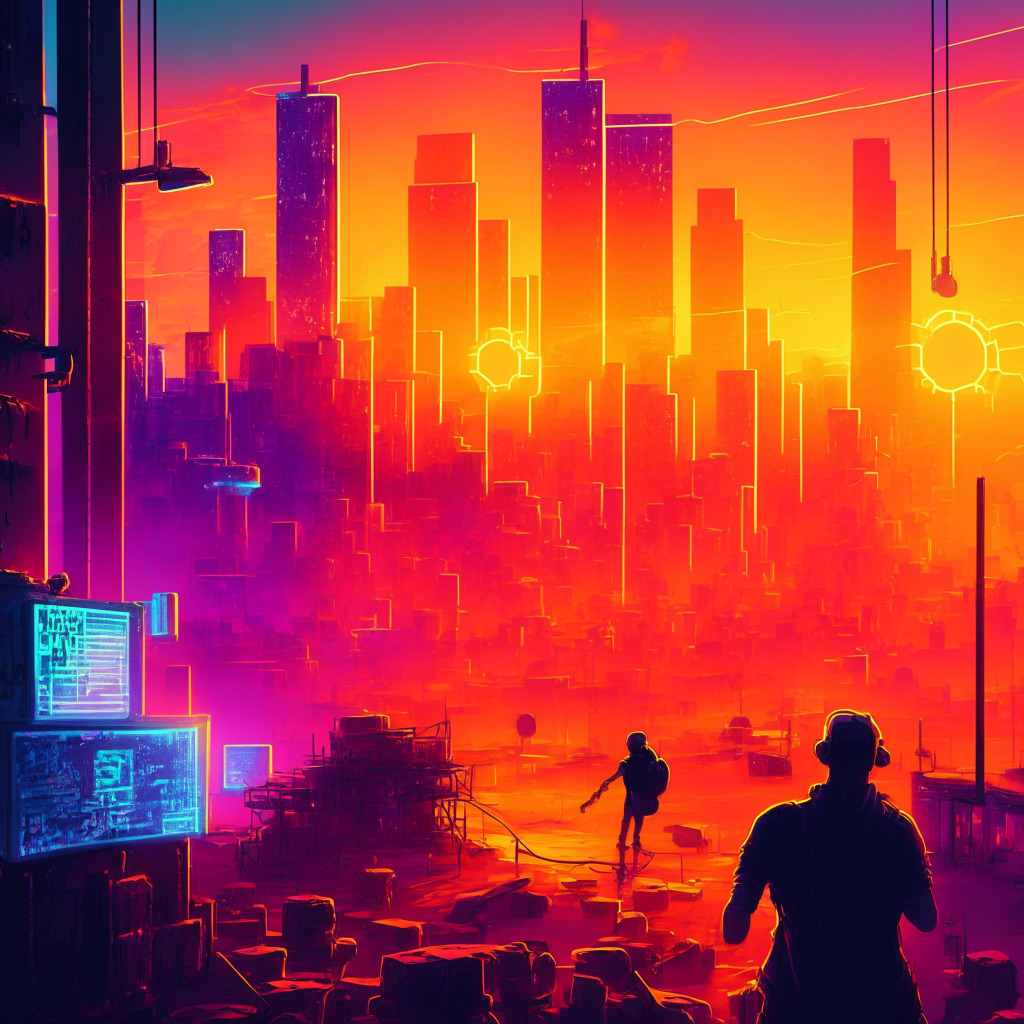The Bitcoin network has recently faced congestion issues due to increased demand for Ordinals, a new feature that allows digital assets to be inscribed on the Bitcoin blockchain. This supports anything from images to video games, and the hype surrounding this new feature has led to a surge in blockchain activity. As a result, daily revenue for Bitcoin miners is now reaching highs of $40 million, according to Glassnode data.
The process of minting Ordinals assets requires validation by miners, just like processing transactions. Miners use powerful computers, typically industrial-sized operations, to solve complex problems that validate these assets. With the network busier than ever, users are paying more to get their transactions processed, leading miners to earn more simply due to the increased workload.
On one hand, this is beneficial for miners, as seen in the case of Las Vegas-based CleanSpark. The firm experienced a 61% increase in its mining output compared to the average day before the recent spike in transaction fees on the network. In some instances, miners were paid more money to process transactions than for minting new Bitcoin, a rare occurrence.
However, this Ordinals craze has also attracted criticism. A leading Bitcoin developer suggested that miners and developers should block users from minting Ordinals, arguing that the increased activity is slowing down the network and making it difficult for users who want to buy and sell using Bitcoin. This idea was dismissed by several in the crypto community.
Scott Norris, co-founder of LSJ Ops, argues that the hype around Ordinals will eventually die down. He believes that “Ordinal traffic will run out of money to burn, so it will regulate itself,” and even with a backlog, Bitcoin remains quicker than traditional banks for transaction settlement.
In summary, the growing demand for Ordinals has caused both a boom for Bitcoin miners as daily revenue reaches new highs, and concerns from developers about the network’s ability to handle the increased workload. It remains to be seen if the hype will indeed die down, as Scott Norris predicts, and how this might impact Bitcoin’s transaction processing capacity in the long run. For now, the Ordinals phenomenon continues to fuel both the excitement and skepticism of the crypto community.
Source: Decrypt




